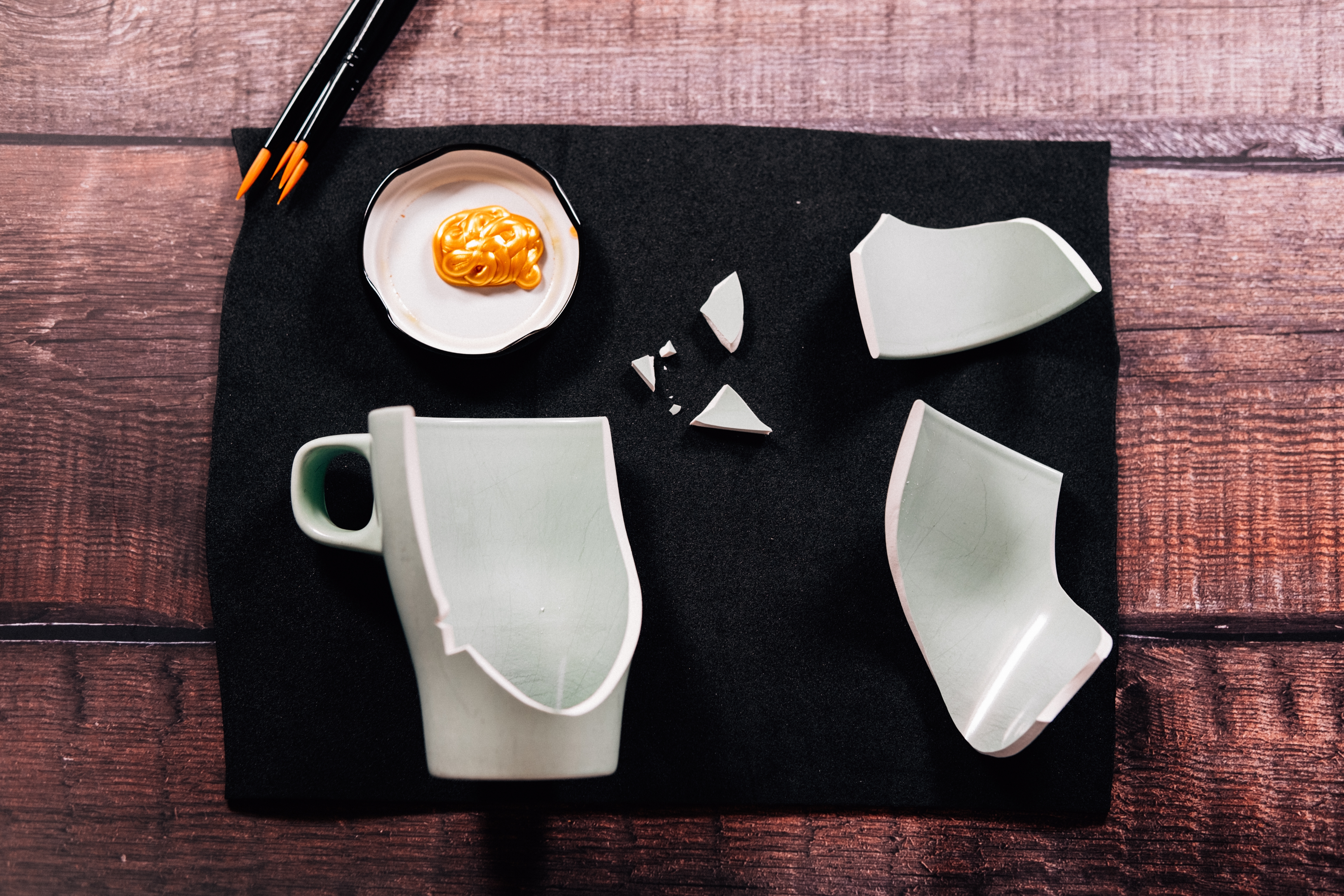NEWS & VIEWS
Beyond Invisibility: Celebrating ESEA Heritage and Reframing Resilience
By Nikita Nielsen, Junior Planner
16/10/2025

Did you know that Chinese soldiers supported the war effort in both WW1 and WW2? Or that 22,000 Filipino NHS nurses helped Britain get through the coronavirus pandemic? East and South East Asians have long been part of Britain’s history, but their stories are often forgotten.
East and South East Asian (ESEA) Heritage month was started in 2021, by grassroots organisation besea.n (Britain’s East and South East Asian Network). Taking place yearly in the month of September, it celebrates the heritage and contributions of the ESEA community in the UK. This year’s theme was “Reframing Resilience”, which we marked at DC with an afternoon tea and learn.
With the current state of the world, it’s so important to amplify the voices of marginalised communities when and where we can, because invisibility can be dangerous. For the ESEA community, invisibility has looked like decades spent in the UK, contributing over generations, only to be told to “go back to where you came from” during the pandemic.
During WW1, the British Army recruited almost 100,000 Chinese farm labourers. They were soldiers, built roads and railways, worked in factories and dug trenches. They worked in harsh conditions, had gruelling 10 hour-long days and were mocked by European soldiers for their language and their customs. But, at the end of the war, their efforts were disregarded.
The Chinese sailors that served in WW2 were forcibly repatriated afterwards by the British government, leaving behind their British wives and children. The Home Office has since admitted this secret programme was “racially inflected”.
Furthermore, despite their ties to the country, the ESEA community is almost invisible in British media. East Asian representation made up just 1% of all scripted primetime broadcast television in the UK in 2018. However, when they do see themselves in the media, the roles are commonly whitewashed or depicted through stereotypes. A study shared by NBC News found that in the top earning films from 2010 to 2019, Asian Americans were often the punchline and AAPI (Asian American and Pacific Islander) women were disproportionately sexualised.
When it comes to advertising, only 3% of Asian Americans feel represented. In the UK, there aren’t any reports available to understand the sentiment of ESEA people towards advertising that features them.
But invisibility doesn’t exempt you from abuse. A report published by the University of Leicester in 2024 discovered that 45% of the UK’s East and South East Asian community had experienced a hate crime in the last year, and only 1 in 10 reported it to the police. It’s common for victims of any crime to not come forward due to fear of retaliation. But within Asian cultures, there is a desire to be strong for your family and not burden them.
In 1977 American writer and civil rights activist Audre Lorde said, “your silence will not protect you”. She urged people to not fear visibility and be heard. She argued that by speaking out and sharing ideas, even if they weren’t the same, would be key in bridging our differences.
Resilience is often celebrated in migrant communities. On the one hand, you honour the struggles and endurance of those that came before you. But resilience can also be a burden. It can mean staying quiet about your struggles because of the expectation to be strong. It can mean ignoring discrimination. Reframing resilience means redefining what it means to be strong. Because there is also strength in vulnerability and healing.
In Japan, there is a centuries-old technique with which ceramics are repaired with lacquer that is mixed with powdered gold. The result is a piece of art in which the cracks are highlighted in gold. This technique is called Kintsugi. As a philosophy, Kintsugi teaches us to not disguise our flaws - they make us more beautiful.
As members of the creative industry, telling stories is a part of our jobs. We are in the unique position of being able to craft those stories so that they reach beyond the surface level, and shine a light on the cracks that get forgotten or covered up. We have the power to provide a platform for anyone - any voice - and make sure people pay attention. Inclusion isn’t any single person’s, or group’s responsibility. It is up to all of us to make sure that our community members feel seen and heard, and that their contributions matter.